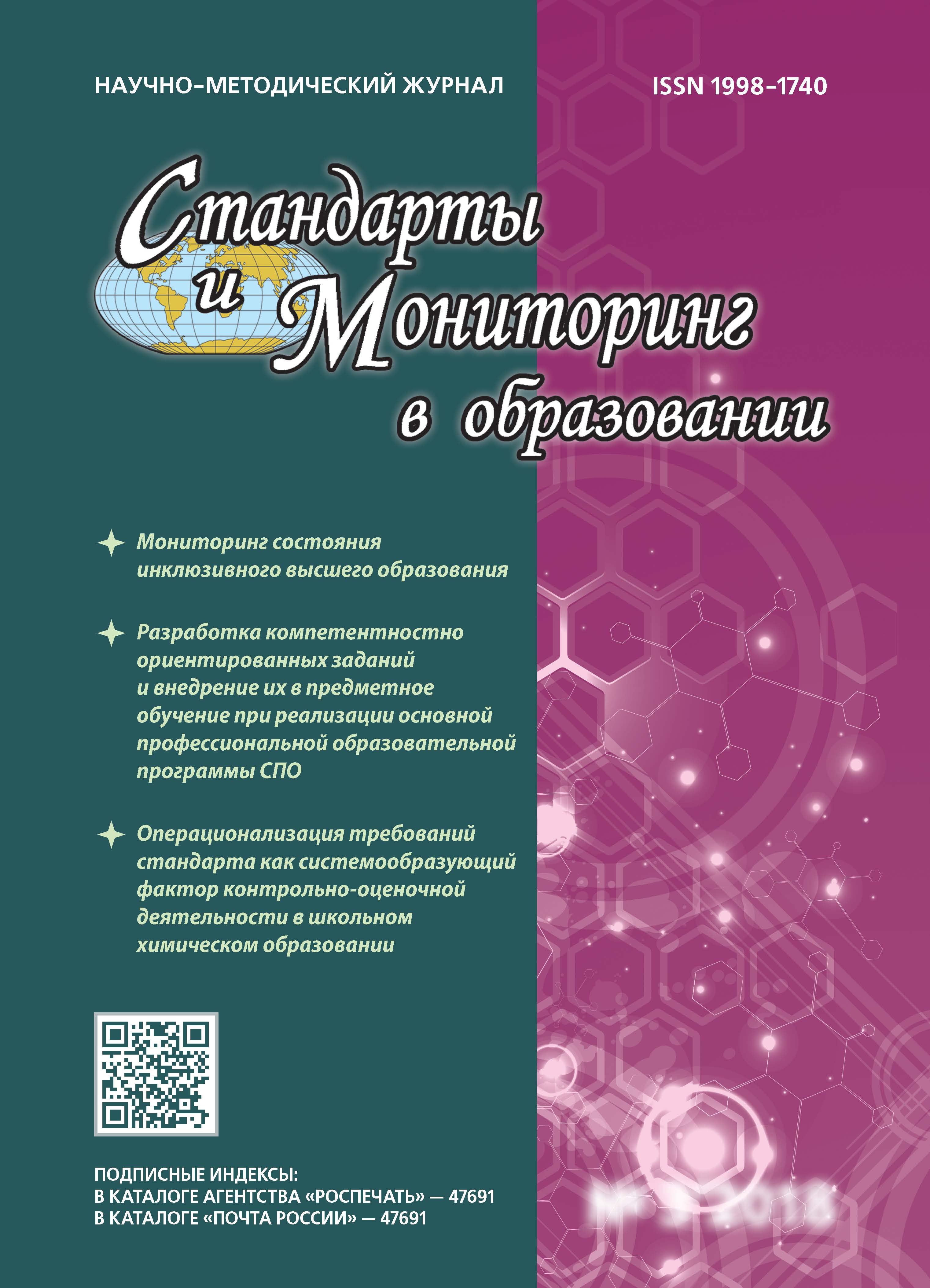Russian Federation
Moskva, Moscow, Russian Federation
This article discusses a new model of mentoring in a general education organization, which is aimed at adaptation, development of not only professional, but also personal development of a young teacher. There are three vectors of the mentoring model, and functions and features are described for each. The authors show the logic of changing one vector to another and the signs of their transition. The development of a young teacher is considered from two angles: «vertical» and «horizontal».
mentor, mentor-coach, mentor-mentor mentor-coach, horizontal development, vertical development, tutor support, young teacher, mentoring process
1. Bespalova G.M. T'yutorskoe soprovozhdenie: organizacionnye formy i obrazovatel'nye effekty [Tekst] / G.M. Bespalova // Direktor shkoly. 2007. – № 7. – S. 56.
2. Dudina E.A. Nastavnichestvo kak osobyy vid pedagogicheskoy deyatel'nosti: suschnostnye harakteristiki i struktura // Vestnik Novosibirskogo gosudarstvennogo pedagogicheskogo universiteta. – 2017. – T. 7. № 5. – S. 25–36. DOI: https://doi.org/10.15293/2226-3365.1705.02; EDN: https://elibrary.ru/ZQXRRV
3. Kovaleva T.M. Materialy kursa «Osnovy t'yutorskogo soprovozhdeniya v obschem obrazovanii» [Tekst]: lekcii 1–4 / T.M. Kovaleva. – M.: Pedagogicheskiy universitet «Pervoe sentyabrya», 2010. 56 s.
4. Andrew J. Hobson, Patricia Ashby, Angi Malderez, Peter D. Tomlinson Corrigendum to “Mentoring beginning teachers: What we know and what we don’t” [Teach. Teach. Educ. 25 (2009) 207–216]. Teaching and Teacher Education, Volume 31, April 2013, P. 68.






